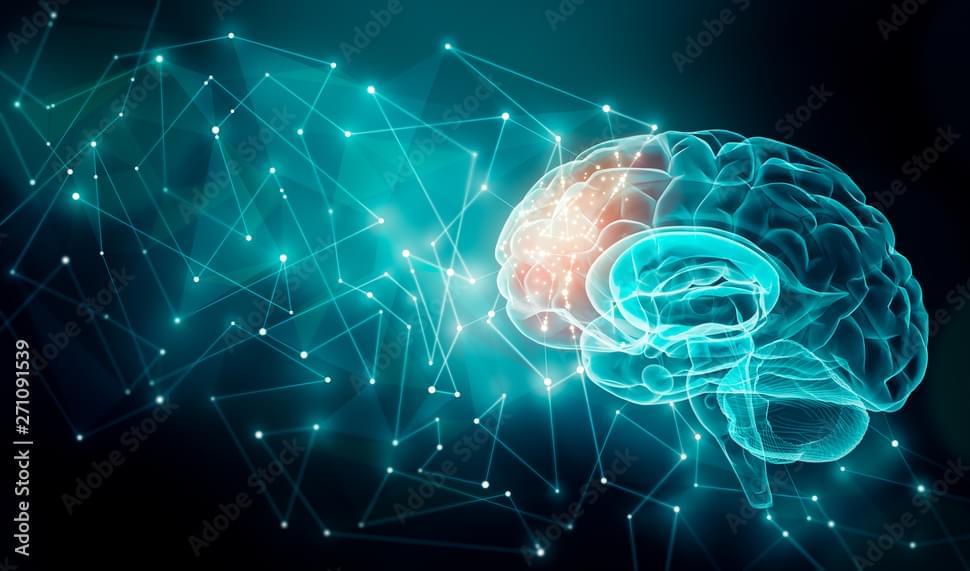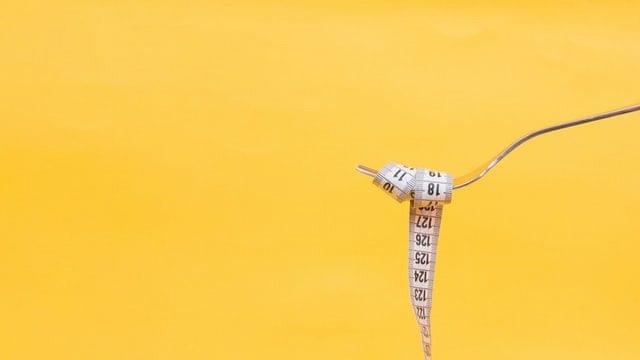Thoughts, memories, sensations — why are we still in the dark about how they work?


Josh SeehermanI don’t think he’s wrong.
Walter Lynsdale” agreeing with a Twitter user who said the “Woke mind virus is the biggest threat to civilization,”
… not nuclear war, or fossil fuel dependence? 😕
View 2 more comments.
Quinn Sena shared a link.
Circa 2021


This kind of data can help uncover how the structure and organization of the brain give rise to behavior, emotion and cognition, in sickness and in health.
Learn More.
The Neuro-Network.

NEW YORK – A collaboration between researchers at Columbia and the Icahn School of Medicine is embarking on a project that will generate comprehensive atlases of entire human brains and all their 180+ billion cells. This kind of data can help uncover how the structure and organization of the brain give rise to behavior, emotion and cognition, in sickness and in health.
Credit: Hillman Lab/Columbia’s Zuckerman Institute.

Obesity and its consequences on overall health have become a serious global problem. However, very few substances or drugs can fight obesity. In a recent study, Japanese researchers investigated the anti-obesity effects of tocotrienols, a subtype of vitamin E. Experiments showed that tocotrienols significantly reduce the weight gained by mice on a high-fat diet, while also lowering “bad” cholesterol levels. The results pave the way to efficient treatments for obesity.
Over the past few decades, obesity has become increasingly common throughout the entire world. Since obesity often causes other diseases, including diabetes and various cardiovascular disorders, it represents an alarming social problem in both developed and developing countries. Although most of us know that a balanced diet and plenty of exercise are the best ways to prevent obesity, having drugs to effectively treat it would still come in handy if necessary.
Unfortunately, there are very few known substances or drugs that can help prevent or treat obesity and its dreaded secondary diseases. One problem is that some of the mechanisms of obesity-induced diseases are unclear. For example, there is some evidence showing that obesity increases oxidative stress (oxidation) in the body. In turn, some scientists suspect that increased oxidation is the reason why obesity paves the way for neurodegenerative disorders like Alzheimer’s disease. Taking this into account, it might be helpful if potential drugs for treating obesity also had strong antioxidant functions.

Access to an online program that provides easily accessible, interactive, tailored healthy lifestyle and behavior change techniques is associated with better health-related quality of life among adult stroke survivors, according to new research from the University of Newcastle and Flinders University.
Stroke can lead to serious consequences for those that survive in terms of physical and cognitive disability. Improving lifestyle and health risk behaviors, including tobacco and alcohol use, physical activity, diet, depression, and anxiety, has the potential to significantly enhance stroke survivors’ quality of life.
Led by Dr. Ashleigh Guillaumier from the University of Newcastle and senior author Professor Billie Bonevski from Flinders University, the study, published in the journal PLOS Medicine, undertook a randomized control trial to evaluate the online program Prevent 2nd Stroke (P2S), which encourages users to set goals and monitor progress across various health risk areas.

